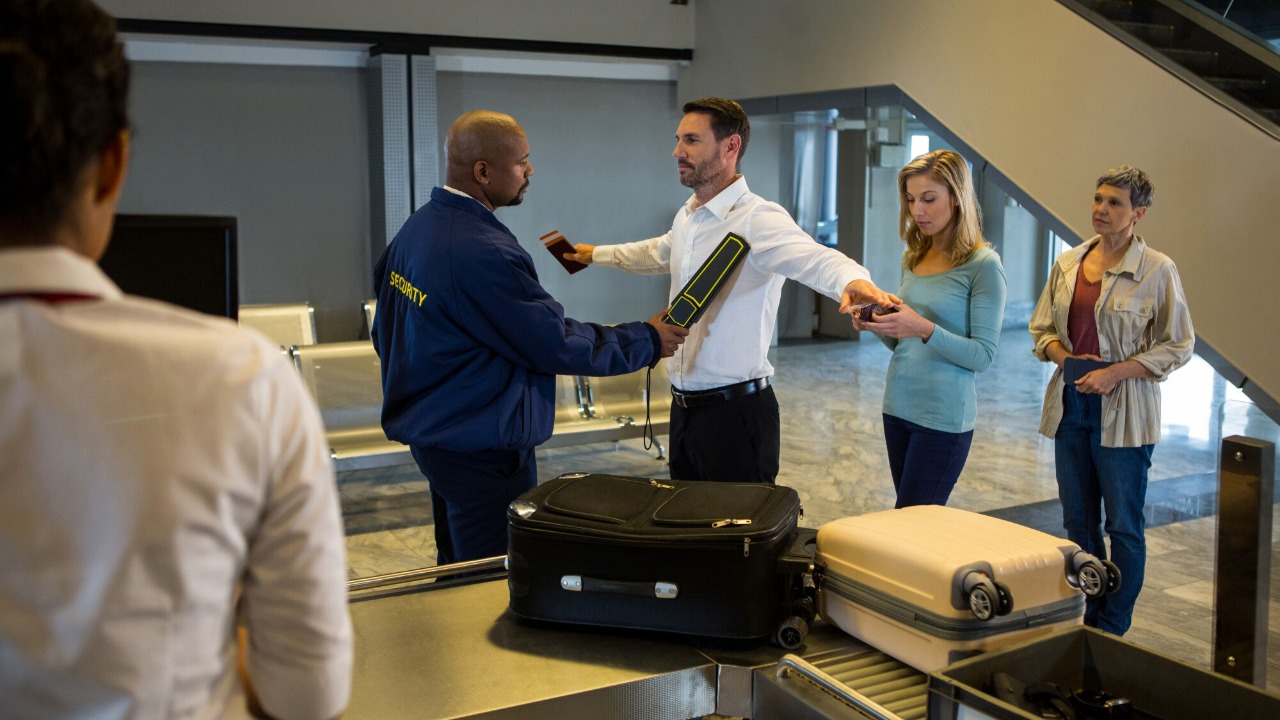
Traveling with electronics has become a ubiquitous part of our lives, and understanding how they are handled at airport security checkpoints is crucial. The Transportation Security Administration (TSA) has made significant strides in streamlining this process, with new bag scanners and advanced imaging technology that allow travelers to keep electronics in their carry-ons during screening. These innovations are already in full effect at major U.S. airports, such as Seattle-Tacoma International Airport’s Security Checkpoint 1, marking a significant shift in how electronics are handled.
Understanding TSA’s Current Electronics Policies
While the TSA has introduced new technologies to ease the screening process, it’s important to note that certain rules still apply to electronics. For instance, larger electronics, such as laptops, may still need to be screened separately at older checkpoints that have not yet been equipped with the new scanners. However, the introduction of these scanners is expected to reduce the need for manual removals and enhance detection capabilities.
TSA’s New Bag Scanners and Electronics
One of the most significant advancements in airport security is the introduction of TSA’s new bag scanners in 2023. These scanners use computed tomography to create 3D images, allowing electronics to remain packed during screening. This not only streamlines the process but also reduces wait times by up to 30% at equipped lanes. Devices such as smartphones and headphones no longer require separate trays, further simplifying the process for travelers.
What Bag Scanners Detect in Electronics
The advanced imaging capabilities of TSA bag scanners, as of August 2025, can differentiate between organic and inorganic materials in devices like cameras and external hard drives. This technology can detect hidden threats within electronics, such as concealed wires or batteries, using color-coded visuals for threats. However, it’s important to note that dense metal casings on some gadgets may still trigger secondary manual checks.
Integration of Facial Scans in Security
Another significant development in airport security is the integration of facial scans. As of September 15, 2025, the TSA has implemented a facial scan process that verifies identity against passports without needing to handle electronic boarding passes on phones. This technology speeds up lines by matching digital identities, indirectly easing electronics handling during identity checks. However, the TSA has also addressed privacy aspects, offering opt-out options and implementing data retention policies for scanned traveler photos.
Changes to Boarding Pass Verification
With the introduction of facial scans, there have been changes to boarding pass verification as well. As of March 28, 2024, travelers no longer need to show TSA their boarding pass at select U.S. airports using facial scans. This policy update, implemented at airports with Credential Authentication Technology, reduces the need to pull out electronic devices for verification, allowing travelers to keep their phones secured in their pockets during the process.
Airport-Specific Implementations
While these advancements are being rolled out across the country, the implementation varies by airport. For instance, Seattle-Tacoma International Airport’s Security Checkpoint 1, operational as of June 5, 2025, features new scanners that handle electronics without removal for high-volume traffic. Other major hubs like ATL and LAX are undergoing phased rollouts of similar technology, affecting electronics screening differently. Travelers are advised to check airport apps for real-time checkpoint status to navigate these variations.
Best Practices for Electronics at Checkpoints
Despite these advancements, there are still best practices that travelers can follow to ensure a smooth security process. Preparing devices by ensuring they are charged and in easy-access bags can facilitate any residual manual scans. It’s also important to note that while TSA rules align with global standards, electronics like e-readers may face extra scrutiny abroad. For minimal electronics handling, travelers can consider enrolling in TSA PreCheck, which offers expedited lanes for its over 18 million members.